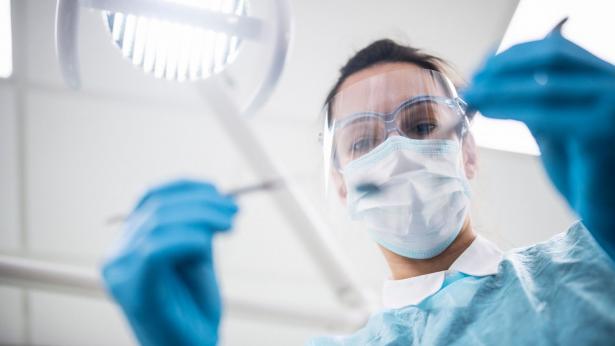
Perianal fistulas and abscesses: what they are, how to treat them
Perianal fistulas are small tunnels that connect the skin around the anus (perianal skin) with the inside of the anal canal
They are usually preceded by a perianal abscess, i.e. a suppuration of the perianal skin that opens to the outside, either spontaneously or through a surgical incision.
They usually do not heal spontaneously although there is a possibility of healing without intervention (10-15 % of cases).
Causes of perianal fistulas and abscesses
Not completely clarified.
Perhaps the primary cause is an infection of the glands of the anal canal, which become abscessed for unknown causes.
From abscess to fistula the step is short, as the pus seeks a way out through the skin around the anus.
Symptoms of fistulas and abscesses
The abscess, as mentioned, is the initial phase.
The patient experiences pain in the anus that gradually increases.
Within hours or days, a reddened, hard and very painful area forms near the anus, almost always accompanied by high fever.
The fistula is the next stage, when the abscess ruptures, either spontaneously or through an incision.
Symptoms are:
- Secretion of pus or blood from a small hole located near the anus.
- Itching
- Pain and fever when the fistula becomes infected and causes an abscess again.
What to do
As soon as the abscess forms, consult a surgeon, preferably a proctologist.
When the fistula has formed, surgery is required, which is usually painless and requires a few days’ hospitalisation.
Unfortunately, there are complex fistulas (10%), which are not superficial but deep, and which require more laborious and sometimes longer operations.
Read Also:
Emergency Live Even More…Live: Download The New Free App Of Your Newspaper For IOS And Android
Gastro-Oesophageal Reflux Disease (GERD): Symptoms, Diagnosis And Treatment
Diverticula: What Are The Symptoms Of Diverticulitis And How To Treat It
Irritable Bowel Syndrome (IBS): A Benign Condition To Keep Under Control
Gastroesophageal Reflux: Causes, Symptoms, Tests For Diagnosis And Treatment
Non-Hodgkin’s Lymphoma: Symptoms, Diagnosis And Treatment Of A Heterogeneous Group Of Tumours
Helicobacter Pylori: How To Recognise And Treat It
A Baby’s Gut Bacteria May Predict Future Obesity
Sant’Orsola In Bologna (Italy) Opens A New Medical Frontier With Microbiota Transplantation
Microbiota, The Role Of The ‘Gate’ That Protects The Brain From Intestinal Inflammation Discovered
What Are The Differences Between Diverticulitis And Diverticulosis?
Colonic Diverticular Disease: Diagnosis And Treatment Of Colonic Diverticulosis


